Introduction to the Bunsen Burner
The Bunsen burner, named after and co-designed by Robert Bunsen in 1854, is a common laboratory instrument that produces a hot, sootless, non-luminous flame. The Bunsen Burner allows for precise regulation of the mixing of gas and oxygen in its central barrel before combustion, which ignites the flame. By manipulating the Bunsen burner, both the size and temperature of the flame can be controlled. Among other uses, the heat of a Bunsen burner flame can be used to create a convection current, which heats the space above the flame and lifts any particulates in the air up and away from the cooler air underneath it, keeping this work area sterile. Working with an open flame requires extra caution. Always remember to secure any loose hair, clothing, or accessories before lighting a Bunsen burner and to always have the proper safety equipment, like a fire extinguisher and/or a fire blanket, on hand. Taking the time to understand how to use a Bunsen burner and what safety equipment to have on hand will allow you to operate this useful laboratory tool with safety and confidence.
A Bunsen burner is a laboratory instrument that can be used to provide a single, continuous flame by mixing gas with air in a controlled fashion. The ratio of gas to air that is mixed together can be manually adjusted, allowing the user to control the intensity, temperature, and size of the flame. The flame can then be used to heat or sterilize laboratory reagents and equipment.
All Bunsen burners are made up of the same basic components. The barrel, or burner tube, is where the air and g
Vai a...
Video da questa raccolta:
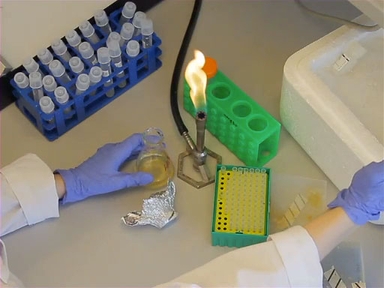
Now Playing
Introduction to the Bunsen Burner
General Laboratory Techniques
205.9K Visualizzazioni
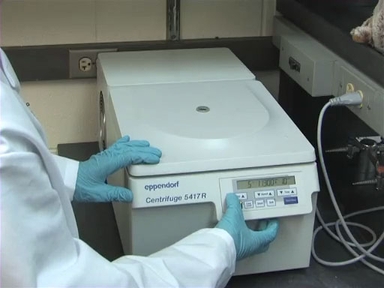
Un'introduzione alla centrifuga
General Laboratory Techniques
486.9K Visualizzazioni
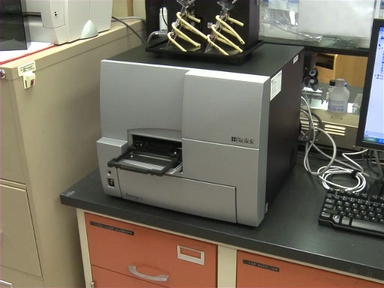
Introduzione al lettore di micropiastre
General Laboratory Techniques
126.2K Visualizzazioni
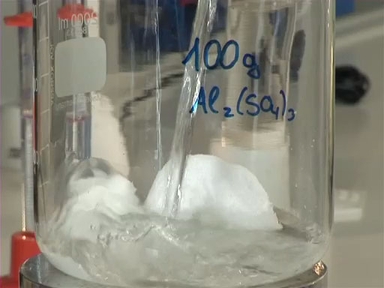
Comprendere la concentrazione e misurare i volumi
General Laboratory Techniques
215.6K Visualizzazioni
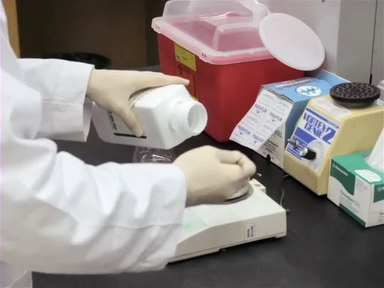
Realizzare soluzioni in laboratorio
General Laboratory Techniques
211.0K Visualizzazioni
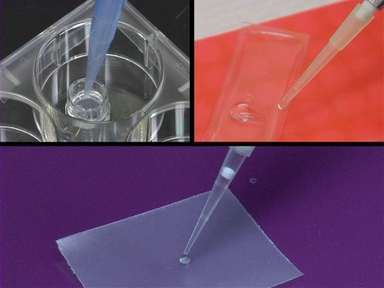
Introduzione al micropipettor
General Laboratory Techniques
581.2K Visualizzazioni
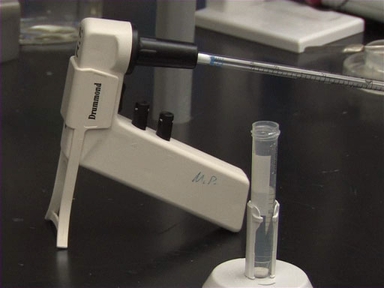
Introduzione alle pipette sierologiche e ai pipettatori
General Laboratory Techniques
218.8K Visualizzazioni
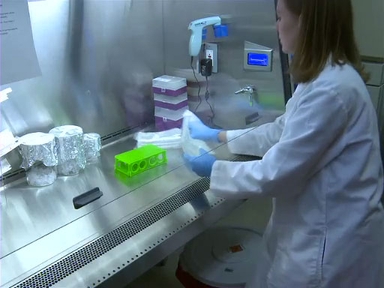
Un'introduzione al lavoro sotto cappa
General Laboratory Techniques
150.8K Visualizzazioni

Misurazione della massa in laboratorio
General Laboratory Techniques
170.7K Visualizzazioni

Introduzione allo spettrofotometro
General Laboratory Techniques
517.2K Visualizzazioni
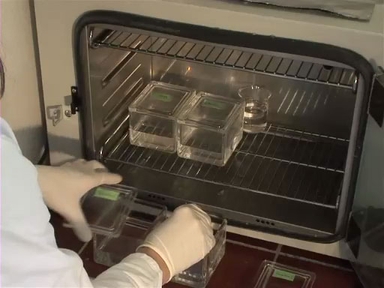
Preparazione del campione istologico per microscopia ottica
General Laboratory Techniques
240.0K Visualizzazioni
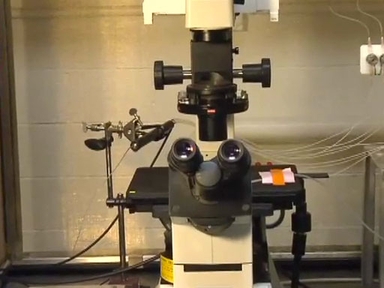
Introduzione alla microscopia a fluorescenza
General Laboratory Techniques
349.6K Visualizzazioni
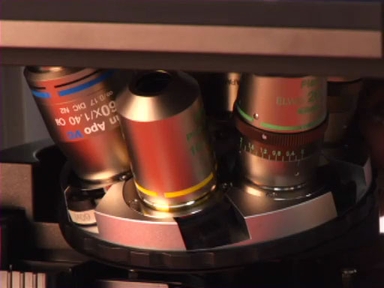
Introduzione alla microscopia ottica
General Laboratory Techniques
814.3K Visualizzazioni

Regolazione della temperatura in laboratorio: conservazione dei campioni utilizzando il freddo
General Laboratory Techniques
65.6K Visualizzazioni
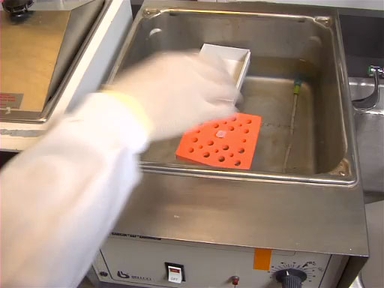
Regolazione della temperatura in laboratorio: applicazione del calore
General Laboratory Techniques
81.2K Visualizzazioni